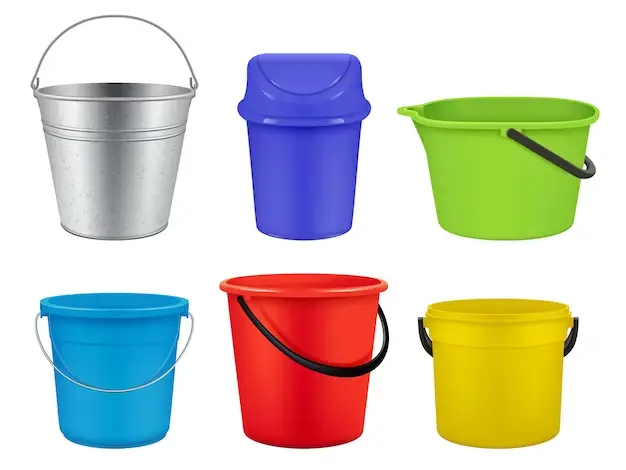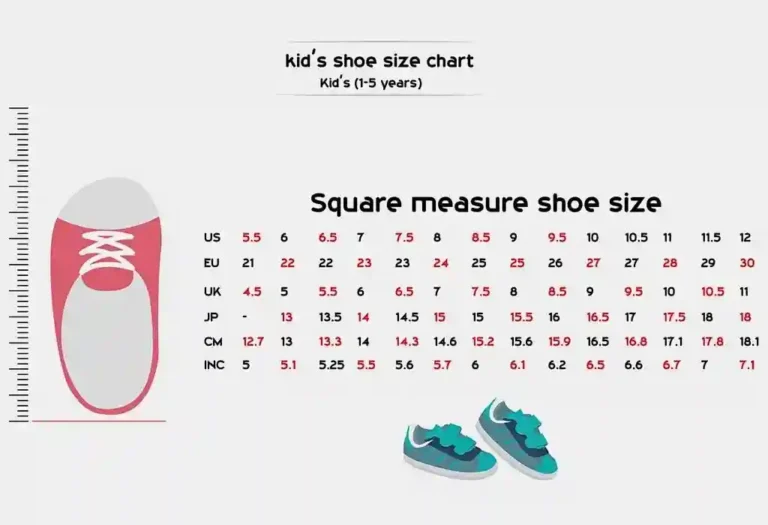Buckets: More Than Just a Simple Container
When you hear the word “bucket,” what comes to mind? For many, it’s a simple container used for carrying water or other materials. However, the humble bucket has a rich history, diverse applications, and a surprising impact on our daily lives. In this comprehensive guide, we’ll explore everything you need to know about buckets, from their origins to modern-day uses and even their place in popular culture.
What is a Bucket?
A bucket is a container typically used for carrying liquids or other materials. It usually has a flat bottom, a cylindrical or conical shape, and an open top with a handle for easy carrying. While this definition may seem straightforward, the versatility and ubiquity of buckets make them an essential tool in many aspects of our lives.
Key features of a typical bucket include:
- A sturdy handle for easy carrying
- A wide opening for easy filling and emptying
- A stable base to prevent tipping
- Durable construction to withstand various contents and conditions
The History of Buckets
The concept of a bucket dates back thousands of years, with early humans using hollowed-out gourds or animal skins to transport water and other materials. As civilizations developed, so did the materials and designs of buckets.
Timeline of Bucket Evolution:
- Prehistoric Era: Use of natural materials like gourds and animal skins
- Bronze Age: Introduction of metal buckets, primarily for well water collection
- Middle Ages: Wooden buckets become common, often made by skilled coopers
- Industrial Revolution: Mass production of metal buckets begins
- 20th Century: Introduction of plastic buckets and specialized designs for various industries
Types of Buckets
Buckets come in a wide variety of shapes, sizes, and designs to suit different purposes. Some common types include:
- General-purpose buckets: Typically made of plastic, these are used for household chores, gardening, and light construction work.
- Industrial buckets: Heavy-duty buckets designed for construction, chemical handling, and other demanding tasks.
- Paint buckets: Specialized containers for holding and transporting paint, often with features like pour spouts and resealable lids.
- Mop buckets: Designed with wringers to squeeze excess water from mops, these are essential for cleaning large floor areas.
- Ice buckets: Insulated containers used to keep ice or beverages cold, often found in bars and hotels.
- Fishing buckets: Used by anglers to hold bait or store caught fish, often featuring live wells to keep fish fresh.
- Elevator buckets: Small, specialized buckets used in grain elevators and other material handling systems.
- Fire buckets: Historically used for firefighting, these are now often seen as decorative or safety items.
Materials Used in Bucket Manufacturing
The choice of material for a bucket depends on its intended use, durability requirements, and cost considerations. Common materials include:
- Plastic: Lightweight, affordable, and resistant to rust and corrosion
- Metal (galvanized steel, stainless steel, aluminum): Durable, heat-resistant, and suitable for heavy-duty applications
- Wood: Traditional material still used for decorative or specialized buckets
- Rubber: Flexible and durable, often used for collapsible buckets or those subject to impact
- Fabric: Used for collapsible buckets and some specialized applications
Each material has its advantages and disadvantages, influencing factors such as weight, durability, cost, and suitability for specific contents.
Common Uses for Buckets
The versatility of buckets makes them indispensable in various settings. Some common uses include:
- Household chores: Cleaning, mopping, carrying water
- Gardening: Watering plants, mixing soil, collecting weeds
- Construction: Mixing cement, carrying tools and materials
- Painting: Holding and transporting paint
- Food storage: Storing bulk ingredients or harvested produce
- Car washing: Holding soapy water and rinsing
- Beach activities: Building sandcastles, collecting shells
- Ice and beverage service: Keeping drinks cold at parties or events
- Fishing: Storing bait or caught fish
- Emergency preparedness: Storing water or supplies
Buckets in Industry
Many industries rely heavily on buckets for various applications:
Construction Industry
In construction, buckets play a crucial role in:
- Mixing and transporting concrete, mortar, and other building materials
- Carrying tools and hardware
- Waste removal and site cleanup
- Storing and transporting small equipment
Manufacturing
Buckets are used in manufacturing for:
- Material handling and transport between workstations
- Storage of parts and components
- Waste collection and disposal
- Containing lubricants and other fluids
Chemical Industry
Specialized buckets in the chemical industry are used for:
- Storing and transporting hazardous materials
- Mixing and blending chemicals
- Collecting samples for analysis
- Containing spills and leaks
Buckets in Agriculture
Farmers and agricultural workers use buckets for numerous tasks:
- Harvesting: Collecting fruits, vegetables, and other crops
- Animal care: Feeding and watering livestock
- Milking: Traditional milk buckets are still used in some small-scale dairy operations
- Irrigation: Carrying water to plants in areas without automated systems
- Seed storage and planting: Holding seeds for planting or storage
- Pest control: Mixing and applying pesticides or natural remedies
The Bucket as a Measurement Tool
Beyond its role as a container, the bucket has long served as an informal unit of measurement. This use highlights the bucket’s importance in everyday life and commerce.
Examples of bucket measurements:
- Volume: A “bucket” of water or grain often refers to a specific volume, though this can vary by region and context.
- Crop yields: Farmers might measure harvests in “buckets per acre.”
- Construction materials: Concrete or mortar might be measured in buckets for small-scale projects.
While not a standardized unit, the bucket’s use in measurement speaks to its ubiquity and utility in various contexts.
Buckets in Popular Culture
The humble bucket has made its way into various aspects of popular culture:
- Idioms and Phrases:
- “Kick the bucket” (to die)
- “Drop in the bucket” (a small amount compared to what is needed)
- “Bucket list” (things to do before one dies)
- Literature and Film:
- The character of Hyacinth Bucket in the British sitcom “Keeping Up Appearances”
- The “Ice Bucket Challenge” viral phenomenon for ALS awareness
- Sports:
- In basketball, “to bucket” means to score, referencing the hoop’s bucket-like shape
- The term “bucket” is slang for a basket in basketball
Innovative Bucket Designs
As technology and design evolve, so do buckets. Some innovative designs include:
- Collapsible buckets: Space-saving designs for camping and outdoor activities
- Multi-compartment buckets: Designed for tasks requiring separation of materials
- Self-watering buckets: Used in gardening to provide consistent moisture to plants
- Heated buckets: Used in cold climates to prevent water from freezing for livestock
- Smart buckets: Incorporating technology for measurement, monitoring, or automation in industrial settings
These innovations demonstrate how the basic concept of a bucket continues to be adapted for new challenges and applications.
Maintaining and Cleaning Your Bucket
Proper maintenance ensures the longevity and hygiene of your buckets:
- Regular cleaning: Wash buckets with soap and water after each use, especially if used for food or chemicals.
- Drying: Always dry buckets thoroughly to prevent mold and bacterial growth.
- Inspection: Regularly check for cracks, chips, or signs of wear, especially in buckets used for critical tasks.
- Storage: Store buckets in a clean, dry area, away from direct sunlight if they’re plastic.
- Sanitizing: For buckets used in food preparation or sensitive applications, periodic sanitizing may be necessary.
Environmental Considerations
As we become more environmentally conscious, it’s important to consider the ecological impact of buckets:
- Material choice: Opt for durable, long-lasting materials to reduce waste
- Recycling: Many plastic and metal buckets are recyclable; check local guidelines
- Repurposing: Find creative ways to reuse old buckets, such as planters or storage containers
- Biodegradable options: Some manufacturers now offer biodegradable buckets for eco-conscious consumers
Choosing the Right Bucket for Your Needs
Selecting the appropriate bucket depends on several factors:
- Intended use: Consider what you’ll be using the bucket for most frequently
- Material: Choose based on durability needs and compatibility with contents
- Size: Select a size that’s manageable when full but sufficient for your needs
- Features: Look for specific features like graduations, pour spouts, or lids if needed
- Budget: Balance cost with quality and expected lifespan
- Environmental impact: Consider eco-friendly options if sustainability is a priority
Conclusion
bucket, from its simple origins to its diverse uses today, is an essential tool in various aspects of life. Its versatile design highlights the impact of effective, enduring design. As you use a bucket in daily tasks or creative projects, recognize and appreciate its role as a reliable and indispensable part of our lives.







